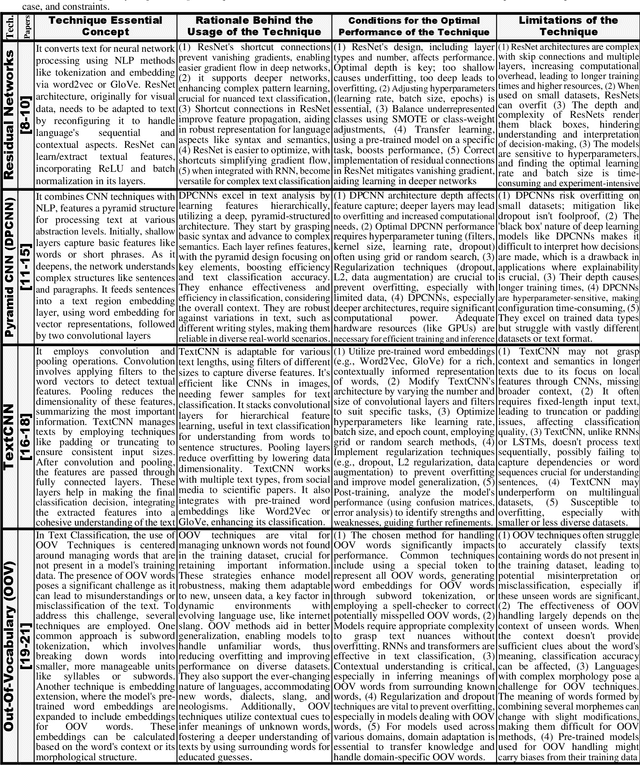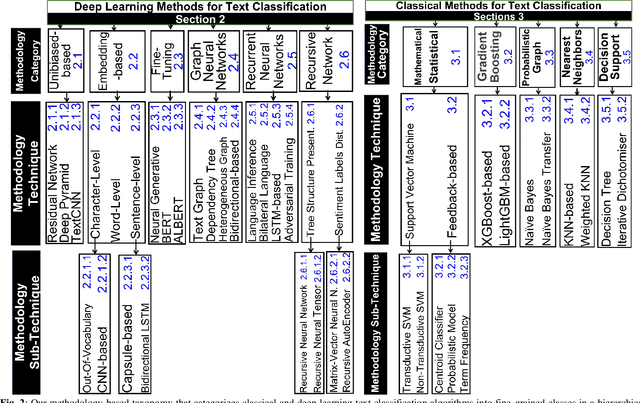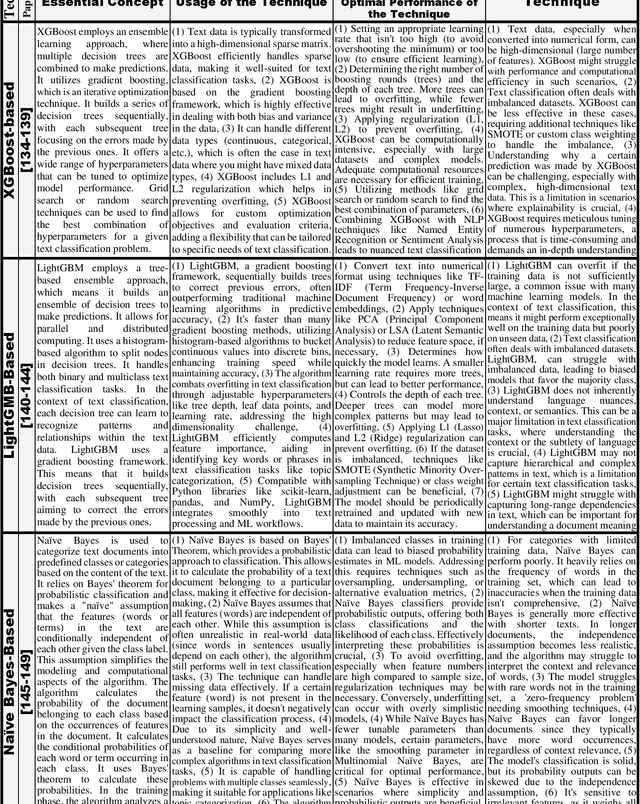Aya Taha
Empirical and Experimental Perspectives on Big Data in Recommendation Systems: A Comprehensive Survey
Feb 01, 2024Abstract:This survey paper provides a comprehensive analysis of big data algorithms in recommendation systems, addressing the lack of depth and precision in existing literature. It proposes a two-pronged approach: a thorough analysis of current algorithms and a novel, hierarchical taxonomy for precise categorization. The taxonomy is based on a tri-level hierarchy, starting with the methodology category and narrowing down to specific techniques. Such a framework allows for a structured and comprehensive classification of algorithms, assisting researchers in understanding the interrelationships among diverse algorithms and techniques. Covering a wide range of algorithms, this taxonomy first categorizes algorithms into four main analysis types: User and Item Similarity-Based Methods, Hybrid and Combined Approaches, Deep Learning and Algorithmic Methods, and Mathematical Modeling Methods, with further subdivisions into sub-categories and techniques. The paper incorporates both empirical and experimental evaluations to differentiate between the techniques. The empirical evaluation ranks the techniques based on four criteria. The experimental assessments rank the algorithms that belong to the same category, sub-category, technique, and sub-technique. Also, the paper illuminates the future prospects of big data techniques in recommendation systems, underscoring potential advancements and opportunities for further research in this field
Text Classification: A Review, Empirical, and Experimental Evaluation
Jan 11, 2024



Abstract:The explosive and widespread growth of data necessitates the use of text classification to extract crucial information from vast amounts of data. Consequently, there has been a surge of research in both classical and deep learning text classification methods. Despite the numerous methods proposed in the literature, there is still a pressing need for a comprehensive and up-to-date survey. Existing survey papers categorize algorithms for text classification into broad classes, which can lead to the misclassification of unrelated algorithms and incorrect assessments of their qualities and behaviors using the same metrics. To address these limitations, our paper introduces a novel methodological taxonomy that classifies algorithms hierarchically into fine-grained classes and specific techniques. The taxonomy includes methodology categories, methodology techniques, and methodology sub-techniques. Our study is the first survey to utilize this methodological taxonomy for classifying algorithms for text classification. Furthermore, our study also conducts empirical evaluation and experimental comparisons and rankings of different algorithms that employ the same specific sub-technique, different sub-techniques within the same technique, different techniques within the same category, and categories
 Add to Chrome
Add to Chrome Add to Firefox
Add to Firefox Add to Edge
Add to Edge